Strategy
Organizations and their environment
Strategy
The term strategy comes from the Greek strategos - general of war or to plan the destruction of the enemy through the effective use of resources.
An integrated set of choices that positions you on a playfield of your choice in a way that helps you win
Strategy has a theory:
Why we should be on this playing field
How we’re going to be better than anyone else serving the customers on that playing field
A strategy must be coherent (logical and consistent) and doable
5 Elements of strategy
An integrated, overarching concept of how business will achieve its objectives
Arena - where will be achieve?
which market segment?
which product categories?
which channels?
which geographic areas?
which core technologies?
which value creation stages?
Vehicles - how will we get there?
joint ventures?
internal development?
strategic alliances?
licensing?
franchising?
mergers and acquisitions?
Differentiators - how will we win in the marketplace?
image?
customization?
price?
styling?
reliability?
speed to market?
Staging - what will be our speed and sequence of moves?
speed of expansion?
sequence of initiatives?
interval between events?
Economic logic - how will we obtain our returns
lowest costs through scale advantages?
lowest costs through scope and replication advantages?
premium prices due to proprietary product features?
premium prices due to unmatchable services?
Strategy - how to start
Accept angst (nervousnesss)
Can’t prove in advance that your strategy will work
Layout the logic of your strategy clearly
Watch the world unfold
Tweak,tone, and refine
Strategy is a journey
Keeit it shot (ideally fits on one page)
Do it, tweak it
Strategic Planning Stages
Strategic formulation
Strategy implementation
Strategy evaluation
developing a vision and a mission - identifying opportunities and threats external to the company - determining internal strengths and weaknesses - establishing long-term objectives - generating alternative strategies - choosing the strategies to be followed
Implementation of strategies
set annual goals
create policies
motivate employees
allocate resources
Evaluation of strategies
reviewing the external and internal factors based on which current strategies are formulated
measuring performance
applying collective actions
Competitive Advantage
Outperform rivals
These advantages allow a company to achieve and maintain superior margins, a better growth profile, or greater loyalty among current customers
Examples
Access to natural resources not available to competitors
Highly skilled labor
Strong brand awareness
Access to new or proprietary technology
Purpose, Mission, and Vision
Purpose: why do we exist?
Mission: a plan for fulfilling your purpose
Vision: what will the world look like when we’ve completed our mission
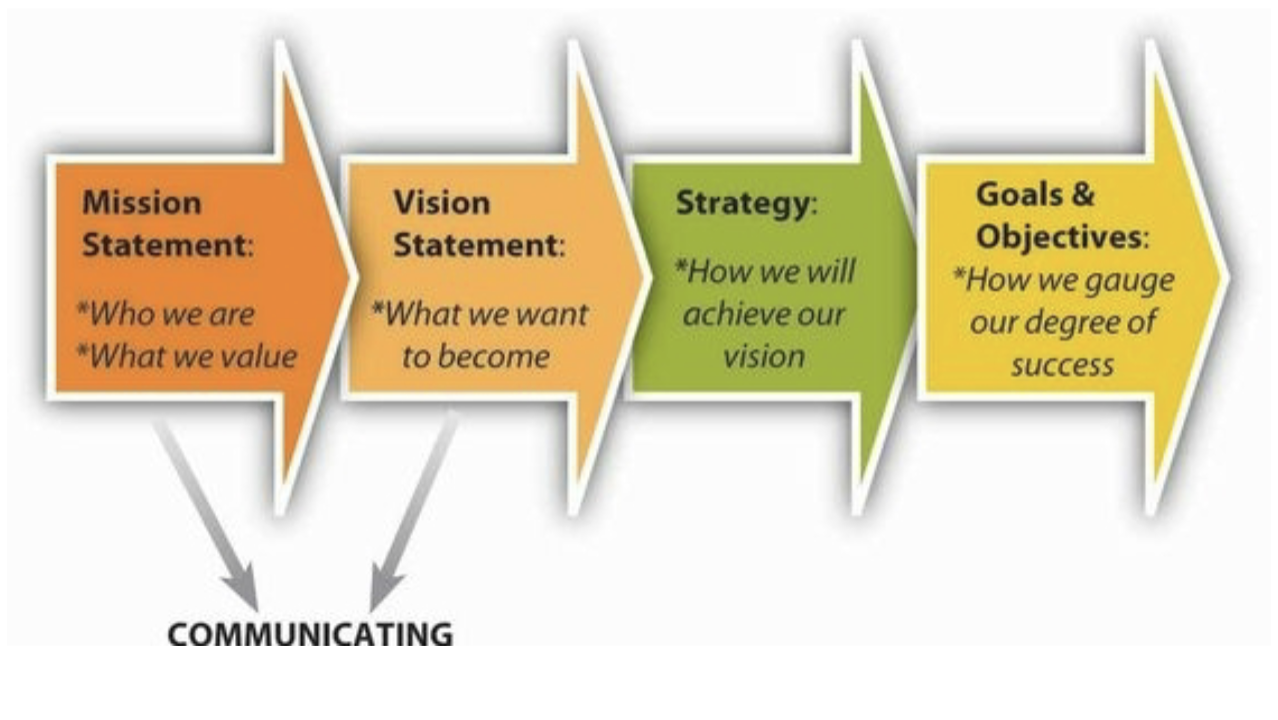
Bussiness Model, SWOT, PESTEL
Business Model: A story about how an organization creates, delivers, and captures value
SWOT Analysis:
A framework used to evaluate a company’s competitive position and to develop strategic planning
Internal: Strengths, weaknesses
External: Opportunities, threats
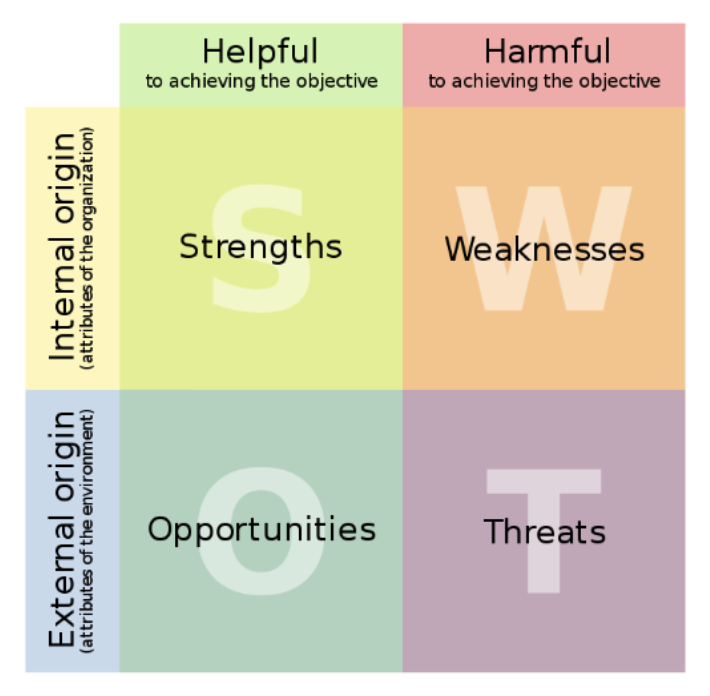
PESTEL ANALYSIS:
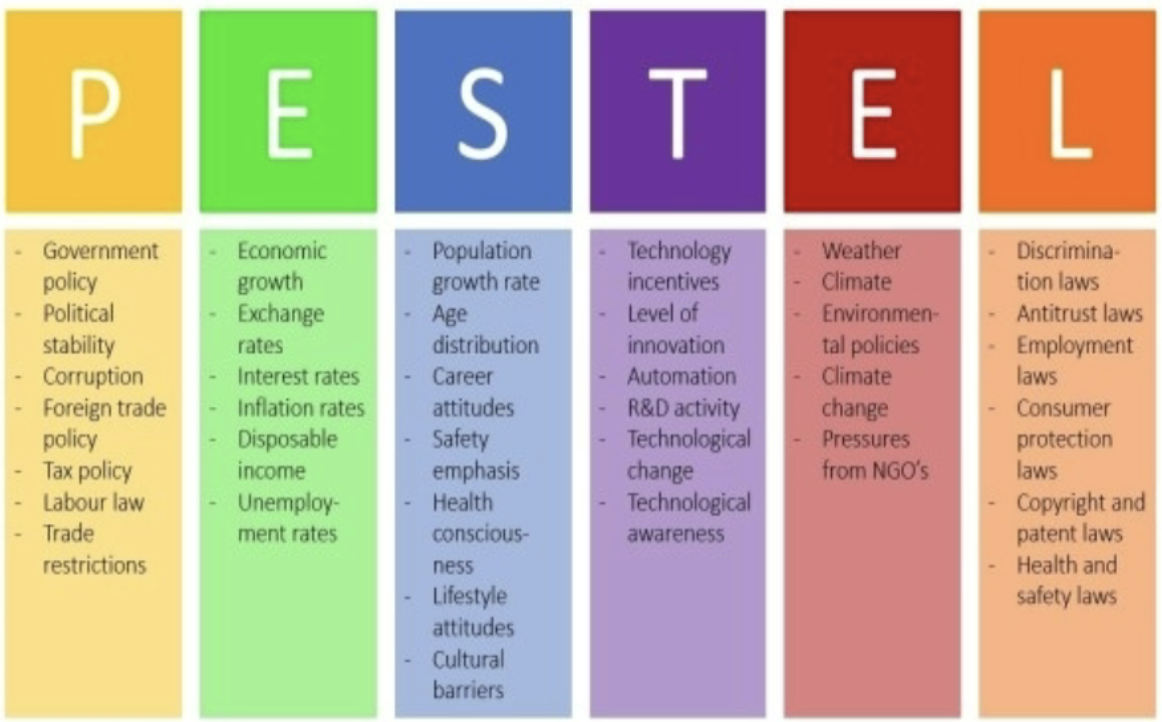
Differentiation and Positioning
Competitive Advantage
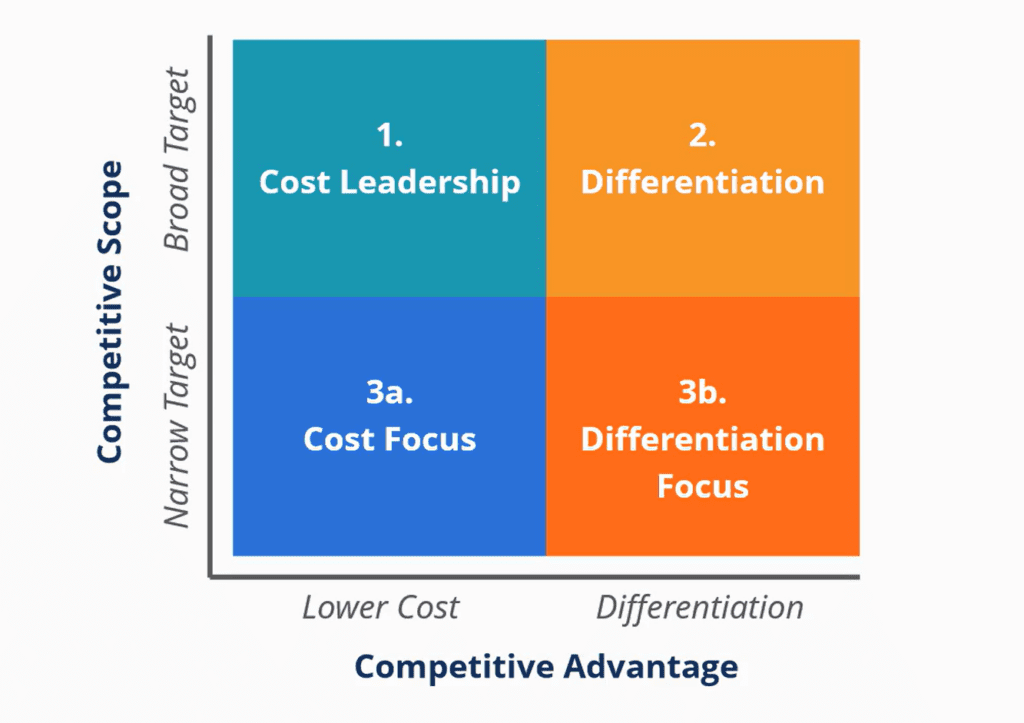
Cost Leadership
The lowest cost manufacturer or provider of a good or service
Producing goods that are of standard quality for consumers, at a price that is lower and more competitive than other comparable products
Combine low profit margins per unit with large sales volumes to maximize profit
ex. Walmart
Focus
Identifying the needs of a niche market and then developing products to align the specific need area
Two version:
Cost focus: Lowest-cost producer in a concentrated market segment
Differentiation focus: Customized or specific value-add products in a narrow-targeted market segment
ex. Whole Foods
Products are unique
Niche market with higher disposable income
Niche
Minimal competition
Professionally and personally satisfying
High profile potential
Solves a practical need
Strong market demand
Product Positioning
Target audience
Unique selling propositions
Product benefits
Competitors
Promotion
Position statement
What place do they occupy in the market?
How do their products or services rank against their competitors
Contrasts
Key Industry Success Factors
Key success factors (KSFs) are areas of critical performance, necessary for success in a specific industry
A firm cannot expect to be competitive in its industry without an understanding of the industry’s key success factors
Key success factors are a function of both customer needs and competitive pressures
Type of Key Success Factors
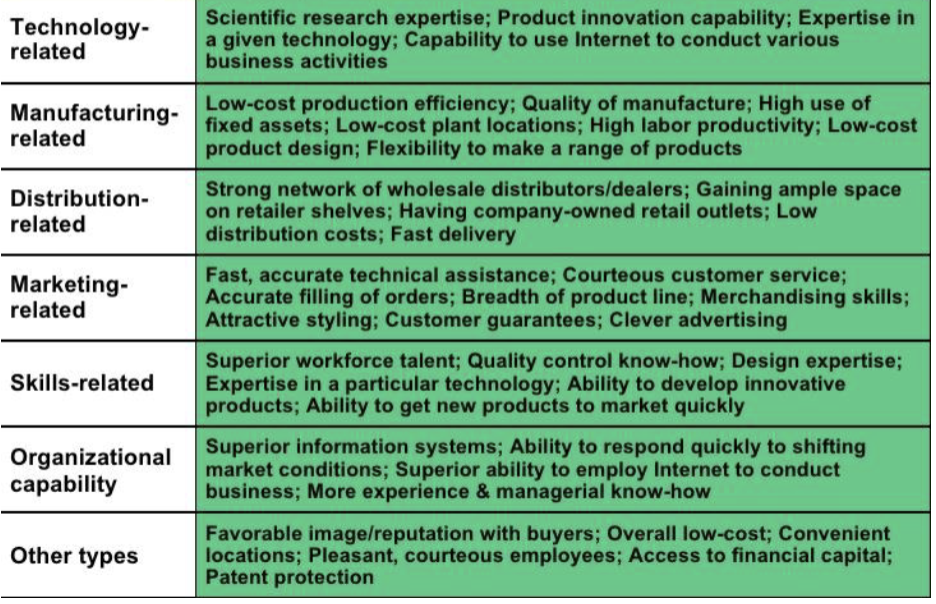
Porter’s 5 Forces
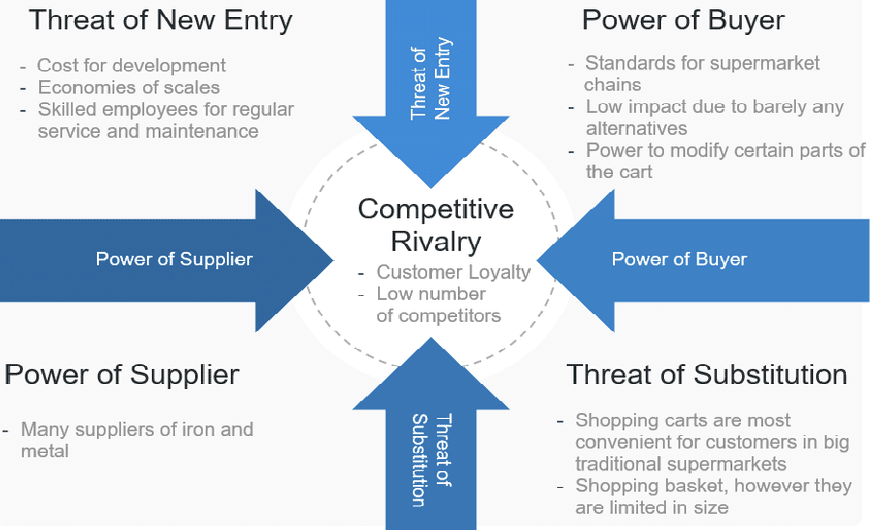
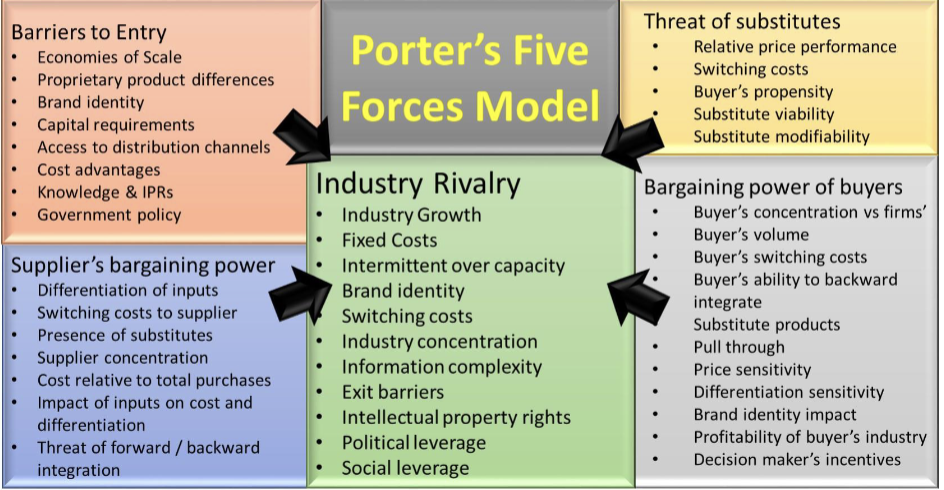
Porter’s Model
Porter’s Five Forces is a model that identifies and analyzes five competitive forces that shape every industry and helps determine an industry’s weakness and strengths
Frequently used to identify an industry’s structure to determine corporate strategy, Porter’s model con be applied to any segment of the economy to search for profitability and attractiveness
Porter’s Five Forces is a framework for analyzing a company’s competitive environment
The number and power of a company’s competitive rivals, potential new market entrants, suppliers, customers, and substitute products influence a company’s profitability
Analyzing these elements can be used to guide business strategy to increase competitive advantage
Understanding Porter’s 5 Forces Model
Competitive Rivarly
Walmart has a significant reach, a strong brand identity, a physical and online presence, and low prices that make it difficult for small challengers in the retail space to compete
Walmart does face sustained challenges from large, established competitors such as Target, Costco, and Amazon
Overall, Walmart faces a moderately competitive rivalry space
Bargaining power of suppliers
A diverse supplier base limits supplier bargaining power
Additionally, due to Walmart’s size, purchasing power and consumer reach, each individual supplier exerts very little influence on the company
Threat of new Entrants
Walmart maintains a substantial edge in sales, marketing, distribution and established business locations
It also has a highly developed and developed online presence to complement its physical location
Due to its size and established network, Walmart also has the advantage of selling to multiple customers while being able to purchase at scale from various suppliers
All these factors, as well as the established nature of large rivals such as Amazon, make the threat of new entrants low
Resources and Capabilities
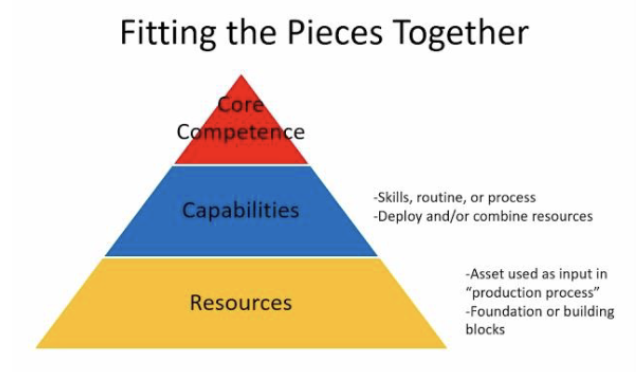
Economic Phases
Expansion
Sectors of the economy that are experiencing rapid growth and development, driven by various factors such as innovation, consumer demand, technological advancements, or societal shiefts
These industries are often characterized by increased investment, the creation of new jobs, and expanding market opportunities
As these industries grow, they often reshape existing market, disrupt traditional industries, and create new economic opportunities
ex. Technology & software, renewable energy & sustainability, healthcare & biotechnology, e-commerce & digital retail, financial technology (FinTech)
Recession
Sectors of the economy that are experiencing declined or stagnation
This can result from reduced consumer demand, technological disruption, changing market conditions, or external factors like regulatory changes or global events (ex. pandemics or geopolitical crises)
During a recession, industries in decline often face reduced revenues, layoffs, closures, and less investment
ex. Traditional retail, fossil fuels (coal and oil), print media, cable tv, automobile (traditional vehicles)
Stable
Sectors of the economy that tend to remain resilient and maintain consistent demand, even during economic downturns or periods of volatility
These industries are often characterized by essential products or services that people or businesses need regardless of economic conditions
As a result, they experience relatively steady growth, predictable revenue streams, and lower susceptibility to market fluctuations
ex. healthcare, utilities, consumer staples, public sector and government services, funeral and death services
Contracting
Sectors of the economy that are shrinking or experiencing prolonged decline in terms of revenue, job opportunities, or market demand
These industries face significant challenges due to factors like technological disruption, changing consumer preferences, regulatory changes, or shits in global trade dynamics
As a result, businesses in these sectors may close down, lay off workers, or face reduced investment
ex. Blockbuster
Resources and Capabilities
These characteristics that the organization has established and developed over its years of operation have made it a benchmark in the sector(s) in which it operates
Benchmark
A standard or point reference used for measuring and comparing the performance, quality, or process of an organization, product, or service
A baseline against which current or future performance can be evaluated to determine if improvements are needed or if objectives have been met
ex. customer-related, HR related, finance-ROI, sustainability-related
Resources
Any factor that is necessary to accomplish a goal or carry out an activity
Assets that it uses to achieve its objectives
Capabilities
The organization’s ability to effectively make use of its resources
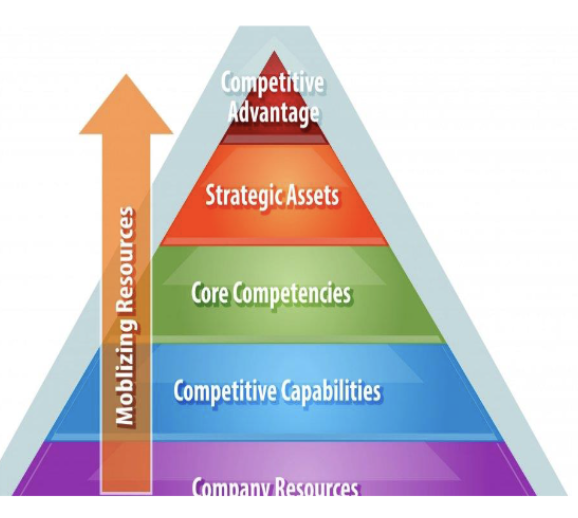
Examples
Operational: Supply Chain Management
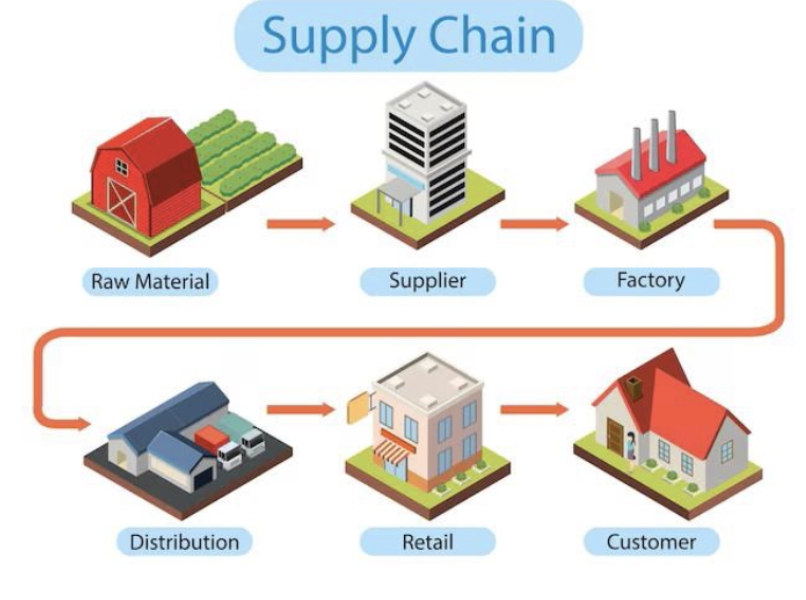
Technology: Information Technology (IT) Infrastructure
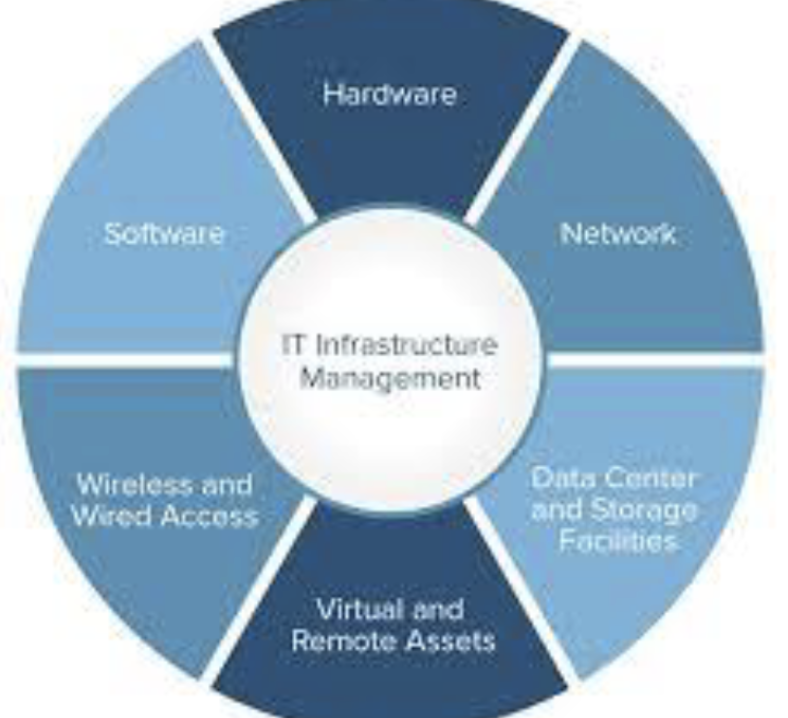
Activist Investor
An activist investor is an individual or institutional investor who buys a significant stake in a publicly traded company with the aim of influencing how the company is run
Rather than being passive shareholders, activist investors actively push for changes in management, strategy, or operations to improve the company’s value, governance, or financial performance
Hedge Fund
A hedge fund is a type of investment fund that pools capital from accredited or institutional investors to engage in a wide range of strategies aimed at generating high returns, regardless of market conditions. Hedge funds are typically more and less regulated than mutual funds, allowing them to use advanced and sometimes riskier investment techniques
Dynamic Capabilities
Value Chain Analysis
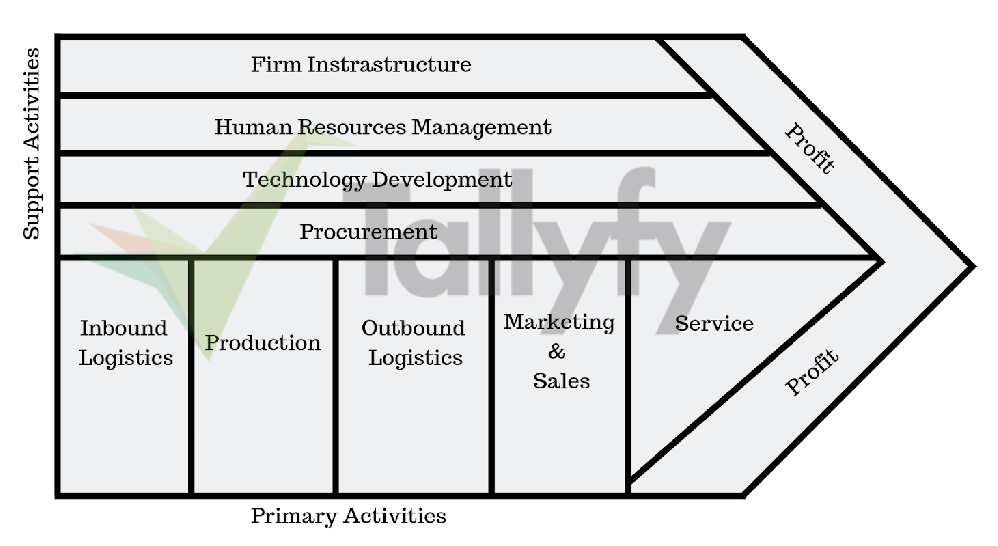
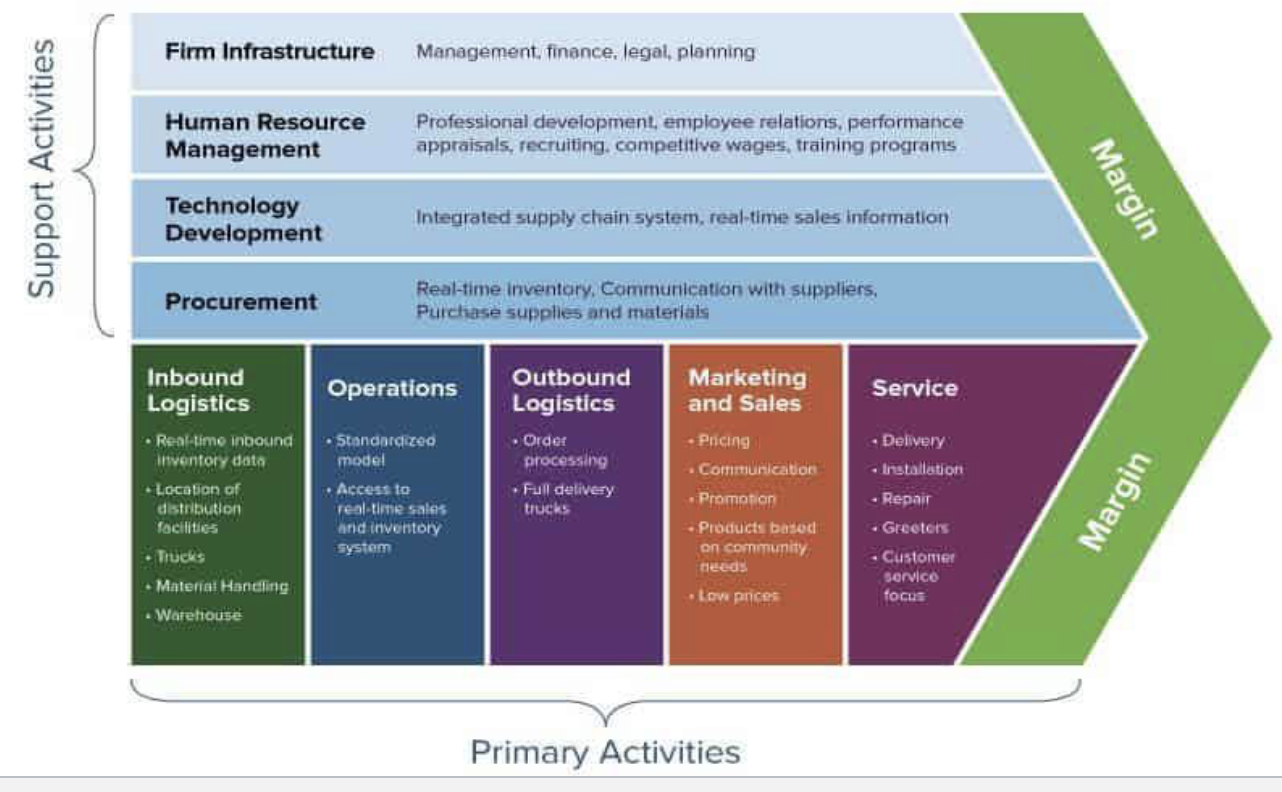
Analyzes all business activities to create more value to customers
Primary Activities:
Inbound logistics
Operations
Outbound logistics
Marketing and sales
Service
The goal of the five sets of activities is to create value that exceeds the cost of conducting that activity, therefore generating a higher profit
Value Chain into competitive advantage

Dynamic Capabilities
An organization’s ability to integrate, build, and reconfigure its internal and external competencies to respond rapidly to changing environments
This concept is rooted in strategic management and emphasizes the firm’s capacity to adapt, innovate, and remain competitive in fast-moving or uncertain markets
Allow businesses not just to survive, but to thrive by consistently evolving their resources, processes, and strategies in alignment with external changes
It is important to identify what these capabilities are within the company and promote/exploit them
Dynamic capabilities allow companies to change and evolve the company
Dynamic capabilities Key aspects
Sensing opportunities and threts
Seizing opportunities
Reconfiguring resources
Dynamic Capabilities - Components
Learning and Innovation
Entrepreneurial Management
Strategic Flexibility
Dynamic capabilities
Can be seen as an emerging and potentially integrative approach to understanding the newer sources of competitive advantage
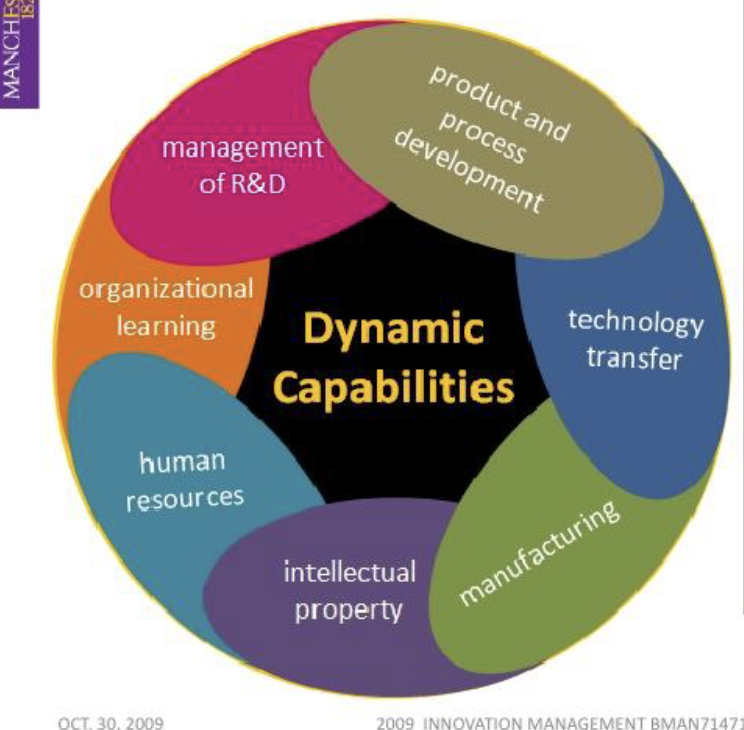
Competitive Matrix
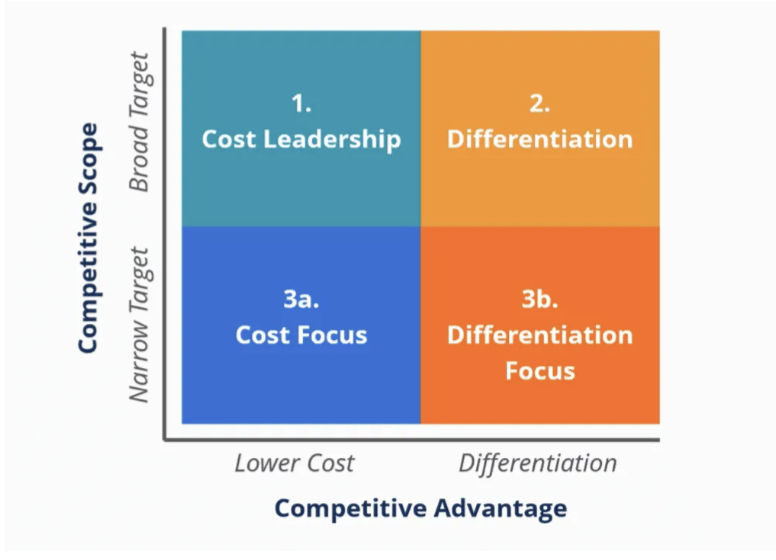
Oceans
Red Oceans
Prospects in most established market places are steadily shrinking
Technological advances have substantially improved industrial productivity, per
As trade barriers fall and information on products and prices become instantly and globally available, niche markets and monopoly havens disappear
5 principles
compete
Beat
Exploit
Make
Align the whole system of a company’s activities with its strategic
Corporate Strategy
Limited terrain
Blue Ocean
eliminate: which factor that the industry has long competed on should be eliminated?
raise: which factors should be raised well above the industry’s standard?
reduce: which factors should
create: